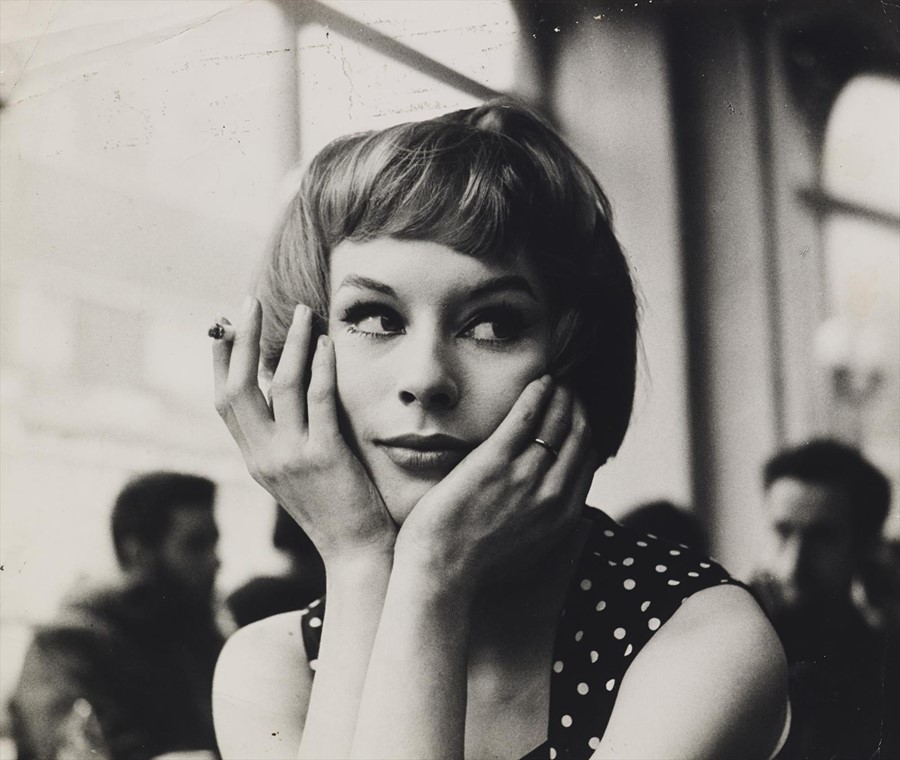In response to the opening of the 'John Deakin and the Lure of Soho' exhibition at The Photographers Gallery, we present some characters from Soho's colorful history
It's remarkable that Soho should have acquired the reputation it has, bordering as it does on fashionable Mayfair, aristocratic St James's and genteel Bloomsbury. And yet, since 1641, when one Anna Clarke, a prostitute or 'lewed woman', was arraigned for 'thretening to burne the houses at so:ho', the area has been known as a centre of eccentricity, bohemianism and wayward, maverick characters.
Recently opened in The Photographer's Gallery, set among the coffee shops and media agencies of modern Soho, is an exhibition of the photographs of John Deakin, a mid-century Soho gadabout known for his association with Francis Bacon's inner circle. The images are a marvellous record of the Soho of the fifties and sixties – a time when the area enjoyed a wealth of bohemianism and dissolution, its bars stuffed with dipsomaniac writers and artists like Dylan Thomas, Frank Auerbach, Lucien Freud and Bacon himself, all of whom Deakin photographed, along with the general riff-raff of Soho.
"These photographs are a marvellous record of the Soho of the fifties and sixties – a time when the area reached its zenith, or nadir, for bohemianism and dissolution"
But although it was in the 50s and 60s that bohemian Soho came into bloom, this was really just the flowering of a culture that had been developing in the area for centuries. Here we've traced the genealogy of bohemianism in Soho and picked out five of the most remarkable characters from this area's colourful history.
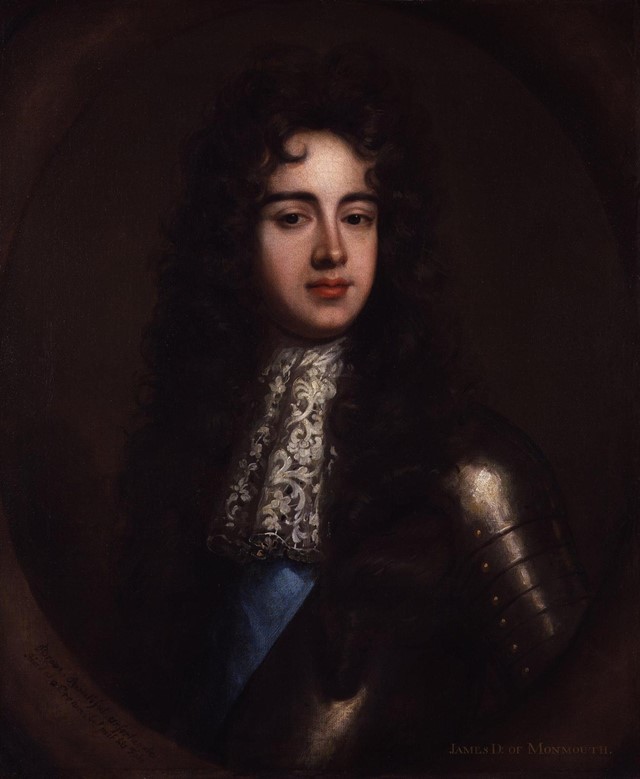
The Duke of Monmouth
The first of a dozen illegitimate children fathered by Charles II (a dozen acknowledged children, that is), The Duke of Monmouth, or James Scott, fancied himself the heir to the throne when his father died without legitimate issue. He'd already established a name for himself as one of the most handsome and roguish men in England, and lived in a grand Christopher Wren designed mansion called Monmouth House, which stood on the south side of Soho Square (then King's Square). In 1685, when James II was crowned King in his place, the Duke gathered an army of a couple of thousand West Country men and marched into battle against the royal army at Sedgemoor. Unfortunately, he was utterly trounced and was summarily executed at the Tower of London, where he suffered five blows of the axe before his head was fully severed. Many legends abound about his life, including the story that, on that ill fated day at Sedgemoor, the Duke and his army rode into battle under the rallying cry 'so-ho!'.
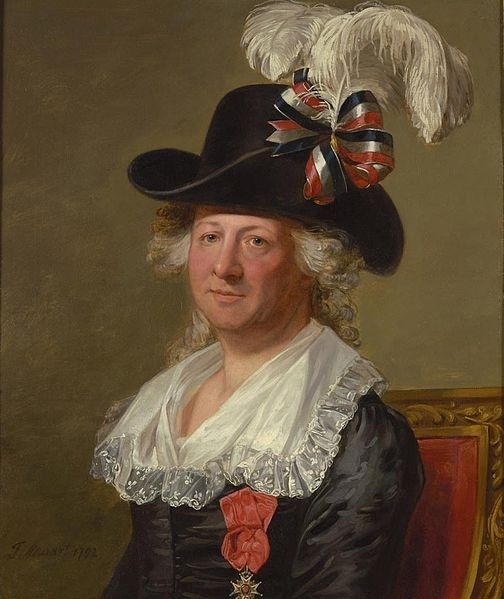
The Chevalier D'Eon
The Chevalier D'Eon moved to London in 1762 to serve as a diplomat in the French embassy, and resided for 33 years in 38 (now 71) Brewer Street. Among the qualities that distinguished the Chevalier while working at the embassy were an outstanding sense of loyalty, a plump but delicate figure, a softly spoken voice and a complete indifference to women. Rumours soon spread that D'Eon was, in fact, a woman, and in 1775 The Morning Post gave 7:4 odds in favour of him being a man. The matter was thought to be settled when he appeared in public wearing a dress and when he returned to France, he was accepted as a woman, even being bought clothes on Marie Antoinette's already over-stretched accounts. He died in London in 1810, exiled and impoverished by the revolution, and, when his body was being prepared for internment, his genitals were checked and they were surprised to find that 'mademoiselle' was indeed 'a very man'. An early example of the proud tradition of gender bending in Soho.

Kate Meyrick
Meyrick was the proprietor of the notorious 43 Club which was situated in John Dryden's former house in 43 Gerard Street. During the mid-20's, her club was one of London's most fashionable nightspots, and its distinct clientèle was comprised not only of the aristocratic and artistic but also the criminal life of London. Among guests like the Crown Prince of Sweden, the King of Romania, Joseph Conrad and Tallulah Bankhead, it was a notorious haunt for the likes of burglar Ruby Sparks and the Sabini brothers, who would take advantage of the wealthy guests and raid their furs and wallets. The police would raid the club almost every night, notorious as it was for drugs and vice, but they never cottoned on to the presence of a back passage that connected the club to Newport Place, where guests would buy cocaine from the luridly named 'Brilliant' Chang, whose name supposedly reflected the quality of his product. When Meyrick was finally sent down, it was for the relatively minor crime of ignoring fines for keeping a rowdy house, but, ever the social climber, she had by then managed to marry her three daughters into the peerage and send both her sons to Harrow.
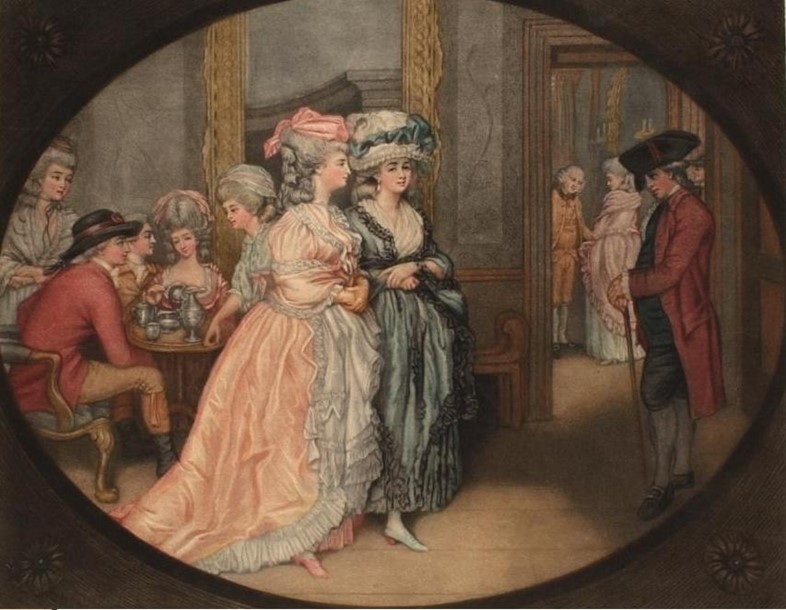
Teresa Cornelys
Born in Vienna in 1723, Cornelys had married an Italian, lived with a Venetian senator, a German aristocrat, a wealthy Dutchman and had given birth to two children, one of whom was fathered by Casanova, before she moved to London to set up the city's most fashionable assembly rooms in Carlisle House, Soho Square. But although in its heyday Carlise House was patronised by absolutely everyone who was anyone (so much so that most accounts of the venue's entertainments focus on the claustrophobic crush of people), by the end of her life Cornelys had wound up selling asses milk in Knightsbridge and she died in the Fleet prison. The failure of her business was partly down to poor book keeping and partly to her knack for making enemies (among them Thomas Chippendale, one of her many creditors), but her story still stands as a quintessential example of the mercurial and cosmopolitan life of the West London impresario.
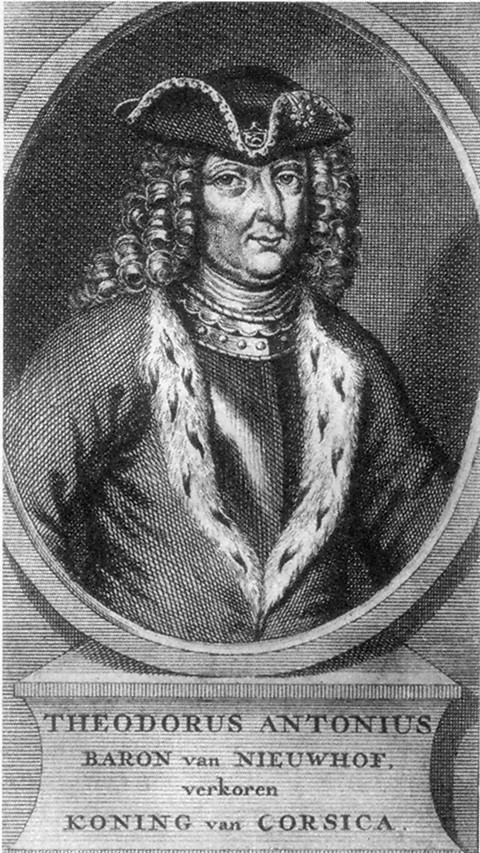
The King of Corsica
In 1736 Theodore Anthony Neuhoff, originally a German by birth, got mixed up in the Corsican struggle for independence from mainland Genoa. Running guns and armaments for the rebels rapidly brought him acclaim, coronation, and just as quickly deposition. Exiled from his kingdom and without resources or prospects, he made his way to London where this former king and son of a German nobleman lived homeless, in between stints in the debtors prison. He eventually prevailed upon a Soho tailor to house him, but he fell ill the next day and three days later was dead. A man in Old Compton Street was intrigued enough at the prospect of organising a royal funeral that he paid for him to be buried in St Anne's church, Soho, where he still rests today, under an epitaph by the connoisseur Horace Walpole: 'The grave, great teacher, to a level brings/Heroes and Beggars, galley slaves and kings/ But Theodore this moral lesson learned o'er dead/Fate poured its lesson on his living head/Bestowed a kingdom but denied him bread'.
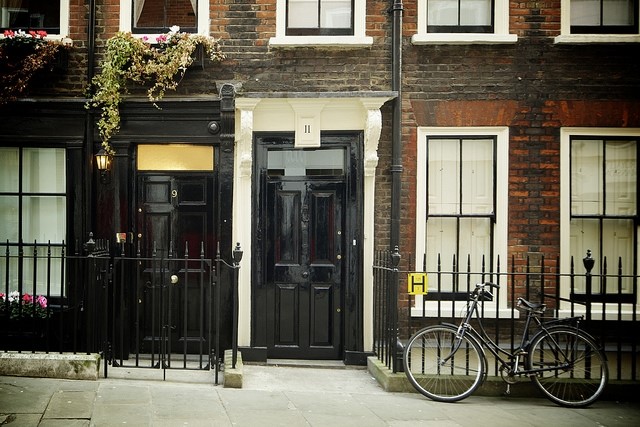
Bet Flint
Bet Flint is a curious character from the Soho of the mid-1700s who, despite being a prostitute, thief and general low life, was held in high esteem by Dr Johnson, the author of the first English Dictionary. According to Johnson, Bet Flint was 'generally a slut and a drunkard; occasionally a whore and a thief', but she also had a 'spirit that could not be subdued'. Despite being relatively poor, she insisted on appearing in public in an attitude of grandeur and when she was being taken to court for the petty crime of stealing her landlord's counterpane, she 'ordered a sedan chair and bid her footboy walk before her.' Bet Flint is an obscure character but a wonderful example of the kind of spirited, enterprising and perversely classless individual that only a place like Soho can create. 'Oh, I loved Bet Flint!', Dr Johnson exclaimed when remembering her later in life. The house in which she lived, 9 Meard Street, still survives.
John Deakin and the Lure of Soho is at the Photographer's Gallery until July 13.
Text by Max Fletcher
